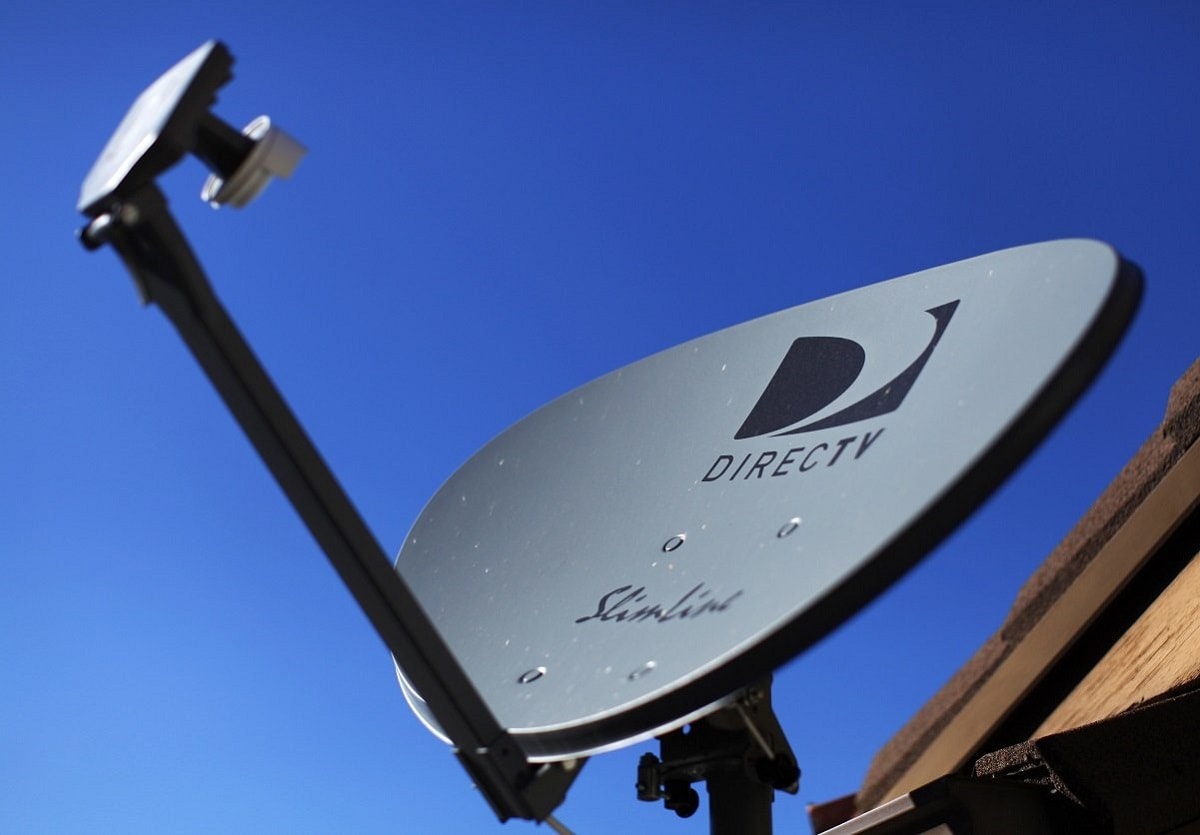As Streaming Gets Pricier, Can Dish Network and DirecTV Be Saved by Merging? – 58% of Americans now subscribe to more than one of the big three online TV streaming services, according to a study by Leichtman. The figure shows an increasing number of Americans turning to Amazon Prime, Hulu, and Netflix to meet their TV needs. Just 28% of Americans said that they had more than one of the top-three subscription video on demand (SVOD) services in 2016. The figure rose sharply to 51% in 2019 and has slowed since.
When 11 additional streaming video services are included, 82% of all households report having at least one SVOD-enabled device. 53% of homes also have three or more paid services.
In 2021, a survey from J.D. Power revealed that Americans subscribing to four streaming services on average are paying 24% more to access streaming content at an average monthly cost of $47 as of December 2020.
The rise of SVOD services has coincided with a drop in cable and satellite TV subscribers. According to research from Pew, cable and satellite TV use have dropped dramatically ever since 2015. The share of Americans who watch cable or satellite TV has fallen from 75% in 2015 to 56% in 2021.
While cable and satellite television services offer a range of new features that make their services more like online streaming platforms, giving users the ability to record and save shows to watch on-demand, the cost of most satellite and cable TV packages is still generally higher than most online streaming packages.
While some cable TV companies offer packages starting at as little as $60 per month, most users choose mid-level packages closer to the $75 range. Others may spend significantly more than $100 per month to access all shows, networks, and services. At these prices, subscribers can access two, three, or even four online streaming platforms for the cost of the start plans offered by many cable and satellite companies.
So, how are satellite companies responding? By consolidating, perhaps.
Dish Network and DirecTV May Merge
In March, Charlie Ergen – the chairman of satellite TV company Dish Network – said in an earnings call that it was “inevitable” the company will merge with competing digital satellite TV firm DIRECTV.
Dish CEO Erik Carlson also said on the caller that the company needs to do a “better job” of achieving its subscriber targets.
“We need to do a better job in our subscriber targets … and we’ve removed some headwinds in order to execute this year,” Carlson said. “With regard to the fourth quarter, DISH lost roughly 200,000 subscribers. And this was driven by several factors, the most significant being our local programming dispute with Tegna for the majority of the football season.”
Leichtman Research Group revealed this year that in Q4 2021, DIRECTV lost roughly 400,000 customers and ended the year with 14.6 million subscribers.
By Q4 2021, Dish Network was not performing any better, with 8.22 million pay TV subscribers – a drop of 600,000 from the same quarter in 2020.
The merger, therefore, will technically bring subscribers past the 20 million mark – but it still falls hugely short of the kind of audiences enjoyed by Netflix, Amazon Prime, and other online streaming platforms. Disney Plus, the streaming service launched by Disney in 2019, added 7.9 million new subscribers in the first quarter of this year, bringing its total audience to 87.6 million worldwide, and 44.4 million across the United States and Canada.
Can Satellite TV Be Saved?
According to a Pew study, 71% of those who do not use satellite or cable TV services say that they can access the same content online with SVOD services. 69% of those who don’t use the services also say that the monthly cost of satellite and cable is too high.
Satellite TV services also require users to install a satellite dish on their home, something that is hard to hide and must remain in place for as long as the user accesses the television service. Similarly, even cable TV in most situations often requires a set-up process. It’s a harder sell than SVOD services which only require that users sign up online and install an app to their phone, computer, or smart TV but of course does require some sort of internet connection.
For these reasons, traditional satellite and cable TV companies are hemorrhaging subscribers. Leichtman research shows that the top cable and satellite TV operators that represent 95% of American pay TV homes lost 4.7 million customers last year – only slightly less than the 5.1 million lost in 2020. While numbers improved slightly, the overall trajectory is still downward for most cable operators.
At this stage, perhaps the most compelling argument for users to return to satellite or cable TV is that millions of users are now paying for multiple online streaming platforms. While it means greater choice, it also means higher costs – and sooner or later, the cost of online streaming platforms could match the cost of traditional cable.
Some smaller networks, however, have seen growth. Charter Communications managed to increase subscribers in 2020. That growth, however, was powered by a combination of millions of Americans being forced to stay at home during COVID-19 lockdowns, and the fact that Charter Communications sells cable TV services alongside its Spectrum internet packages.
Jack Buckby is a British author, counter-extremism researcher, and journalist based in New York. Reporting on the U.K., Europe, and the U.S., he works to analyze and understand left-wing and right-wing radicalization, and reports on Western governments’ approaches to the pressing issues of today. His books and research papers explore these themes and propose pragmatic solutions to our increasingly polarized society.

